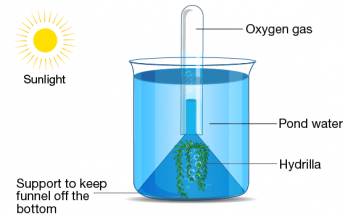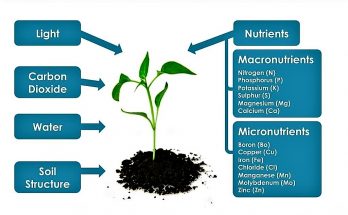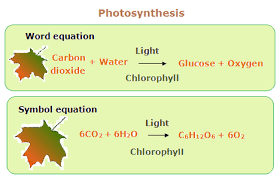
Hydrilla Experiment – Reveals the Release of Oxygen during Photosynthesis
The Hydrilla experiment demonstrates photosynthesis by observing oxygen bubble production under varied light conditions. Using Hydrilla, water, sodium bicarbonate, and light, we can visually see photosynthesis rates through bubble count, highlighting the process’s dependency on light and CO₂.
Hydrilla Experiment – Reveals the Release of Oxygen during Photosynthesis Read More

